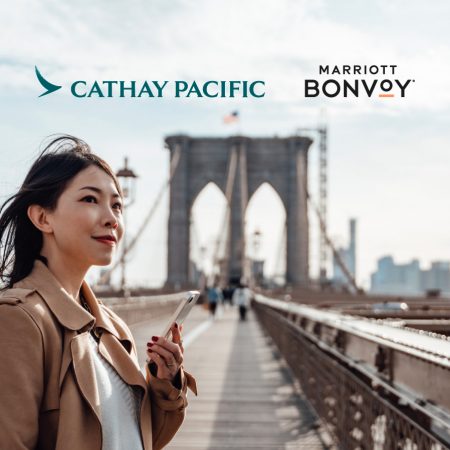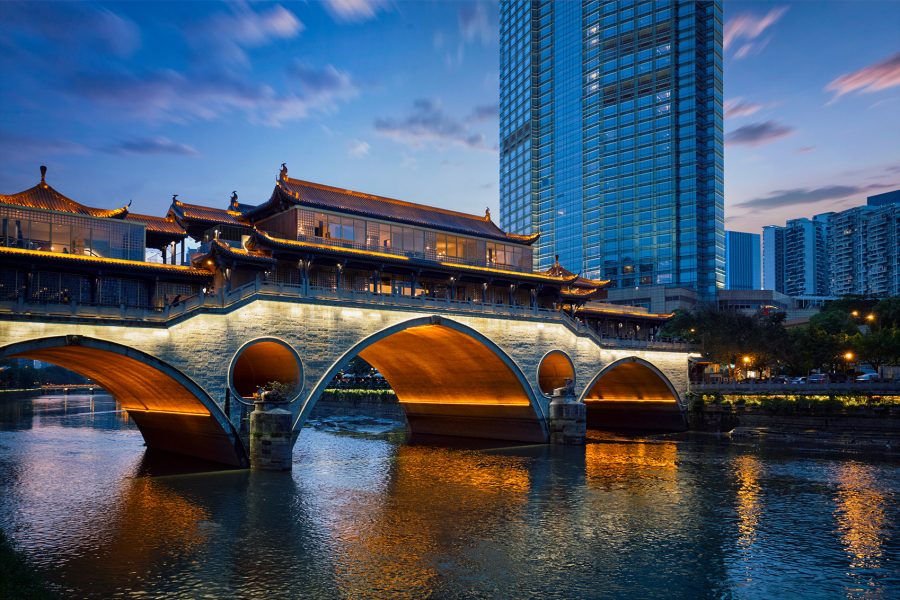It was Sichuan province’s rich, fertile soil and temperate climate that helped its capital Chengdu gain the nickname “land of abundance” in the third century BC. Then, as now, the city’s residents enjoyed a life of leisure, with days spent in lively teahouses where business and gossip were traded over snacks. Nowadays, towering high rises have sprung up in areas that were once farmland and Chengdu now has a population of over 15 million, but relaxed remains the pace of life here. From parks to museums, temples to river walks, here’s how to enjoy the city like a local Chengduer.
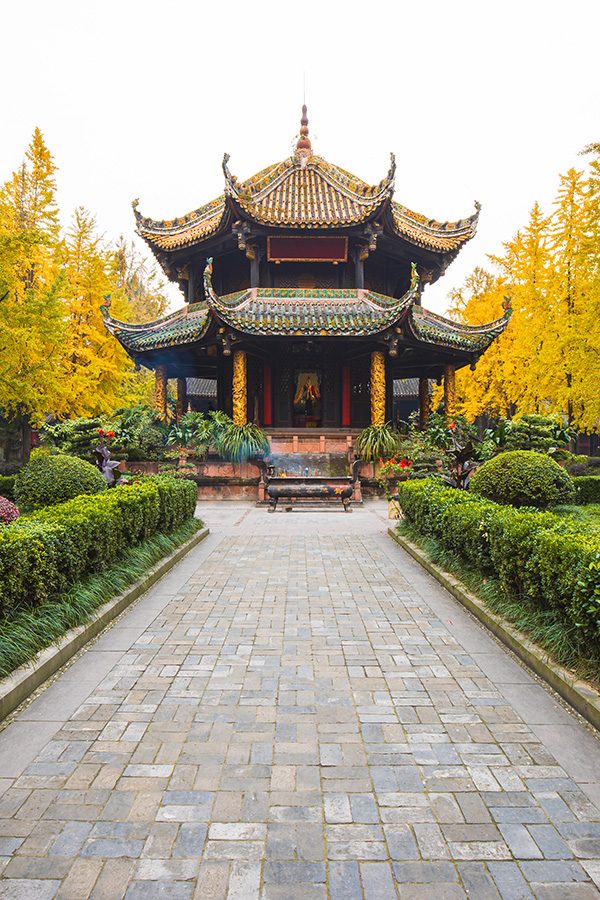
Credit: kiszon pascal/Getty Images
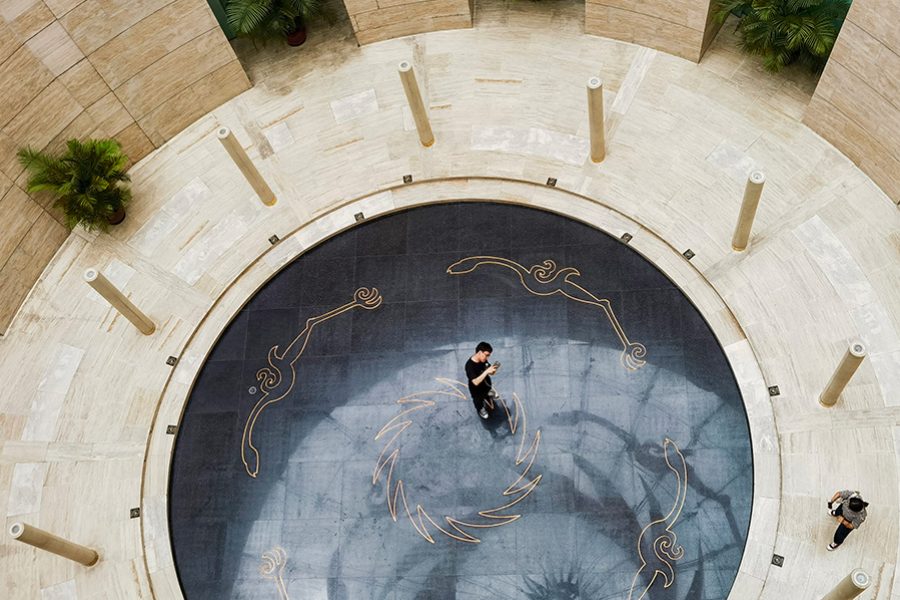
Credit: Future Publishing/Getty Images

Credit: Pictures from History/Getty Images
Must see
Even in the eighth century, Chengdu was described as a metropolis by the famed Chinese poet Du Fu. But its civilised history extends much further, as seen through the fascinating collection of ceramics, silk brocades, and gold and silverware in the city's many museums. Of these, Jinsha Site Museum stands out. Structured around an archaeological site discovered in 2001, it tells the story of the ancient Shu Kingdom, a civilisation that lived here from approximately 12th century BC to the seventh century BC. The golden “Sun Bird” ornament that was discovered here is now the emblem of Chengdu.
If you want to see present-day Chengduers in their element, there's nowhere better than People's Park. Locals gather here to play mahjong or Chinese chess under the dappled shade of bamboo stalks, or to practice tai chi in the open spaces. At the century-old He Ming teahouse, teas are served in three-piece Gaiwan cups for just CN¥16 (roughly HK$17.6). Get here before 10.00am to secure a seat, then spend a relaxing morning immersed in the greenery.
Sichuan is considered a cradle of both Buddhism and Taoism in the Chinese Mainland and Chengdu’s many temples and monasteries remain important pilgrimage sites. Wenshu temple, Qingyang palace and Daci temple are among the essential stops, each offering a unique mix of intricate architecture and tree-lined courtyards perfumed by incense. For those who aren’t religious, their teahouses also provide a tranquil escape from the city bustle.

Credit: f9 photos/Getty Images
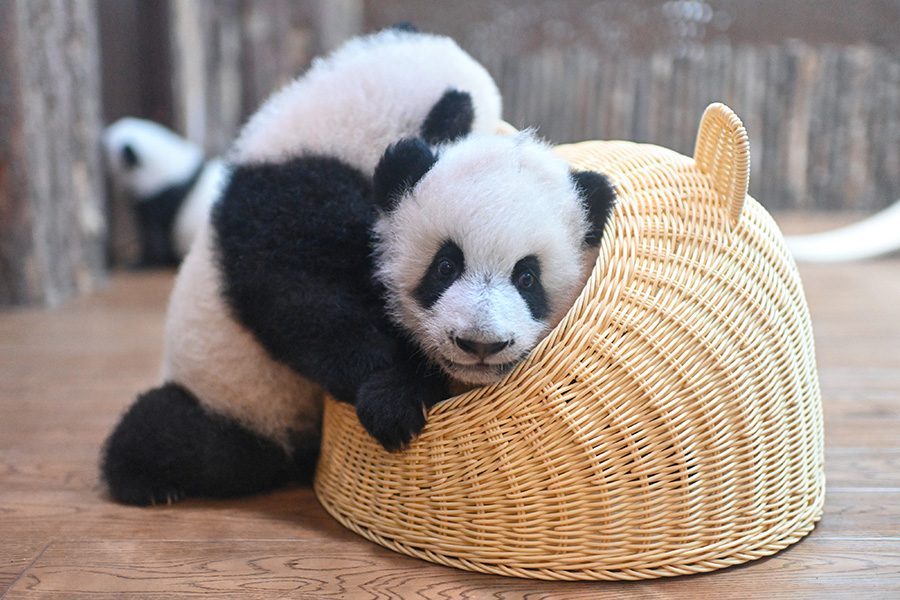
Credit: VCG/Getty Images

Credit: VCG/Getty Images
Must do
Sichuan is home to one of China's national treasures, the giant panda. While they roam wild in the Wolong National Nature Reserve, located about three hours from the city, the Chengdu Research Base of Giant Panda Breeding is the easiest place for visitors to see them up close. You can also learn about the hugely successful research and breeding programme here, which helped change their status from endangered to vulnerable.
San bu, or going for a leisurely stroll, is a favourite pastime for Chengduers. This daily walk usually takes place after dinner and is most popular on balmy summer nights. Join locals on the path along the Jin River, where herons strut in the shallows during the day: the prettiest stretch starts at Anshun Bridge and takes you down to Wangjianglou Park. For those who want to continue late into the night, Chengdu's bar and club district, Jiuyanqiao, is close by.
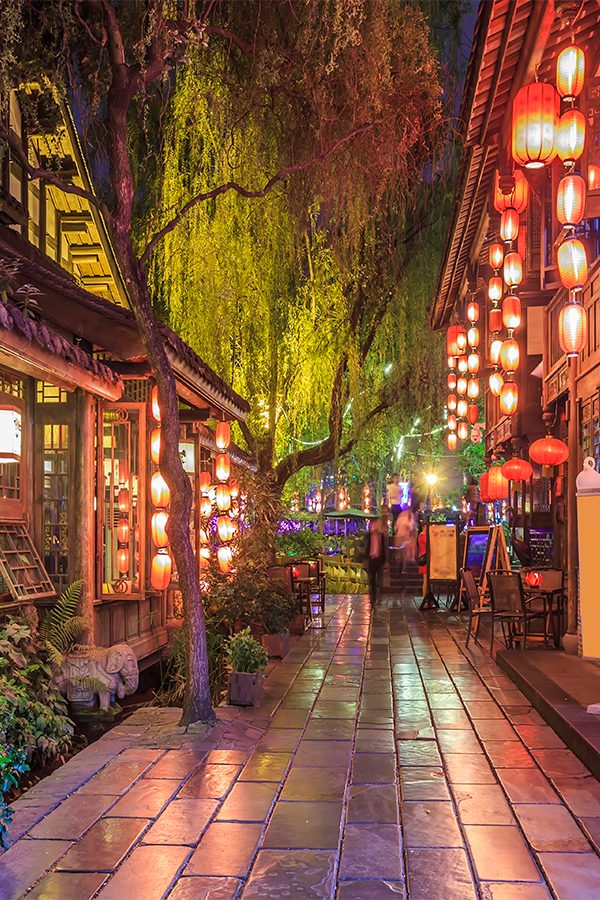
Credit: 4045/Getty Images
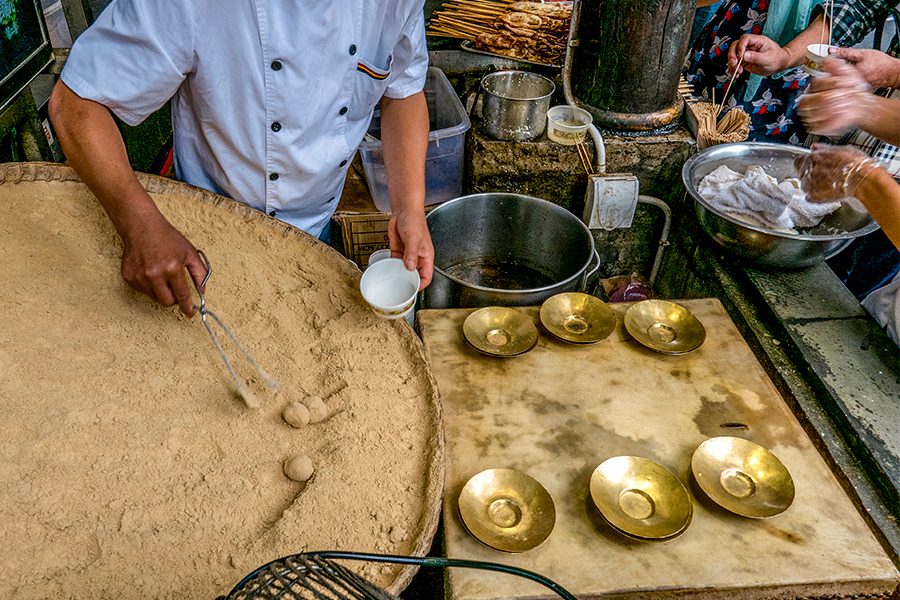
Credit: Zhang Peng/ Getty Images
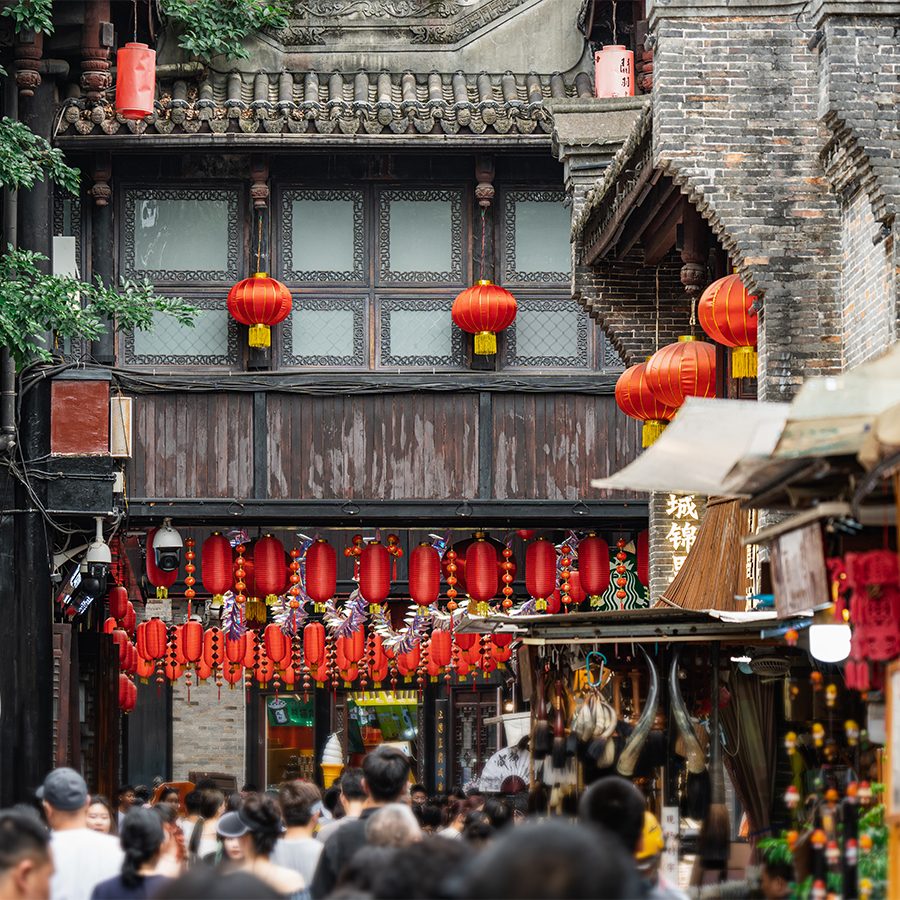
Credit: Jackyenjoyphotography/Getty Images
Where to eat
Wrapped around Wuhou Temple, a shrine complex dedicated to the Three Kingdoms era (220 - 280) military strategist Zhuge Liang, Jinli Street was built in 2004 to recreate an old commercial street of the same name. A huge number of street food stalls are gathered here, offering bites from all over the country. Look out for Chengdu xiao chi (snacks) such as san da pao (glutinous rice with roasted soy powder and sugar syrup), dan dan noodles, and ye’er ba (steamed glutinous rice parcels with a pork filling wrapped in a leaf).
Three narrow lanes make up Kuan Zhai Alley, a warren of Qing-dynasty buildings that showcase imperial architecture. While there are still a couple of private homes here, most buildings are now bursting with tiny boutiques, busy restaurants offering refined Sichuan food and courtyard teahouses serving dainty snacks. You’ll also find popular hot pot restaurants such as Da Miao within the same district.
A handful of restaurants in Chengdu have made their name on a single dish, such as Zhong shui jiao (Zhong dumplings), long chao shou (long wontons) and Lai tang yuan (Lai glutinous rice balls). But for fans of Sichuan cuisine, Chen Mapo Tofu is the best place to find authentic mapo tofu. There are a few branches around the city but the one on Qing Hua Road, near Sichuan Museum, is the flagship.

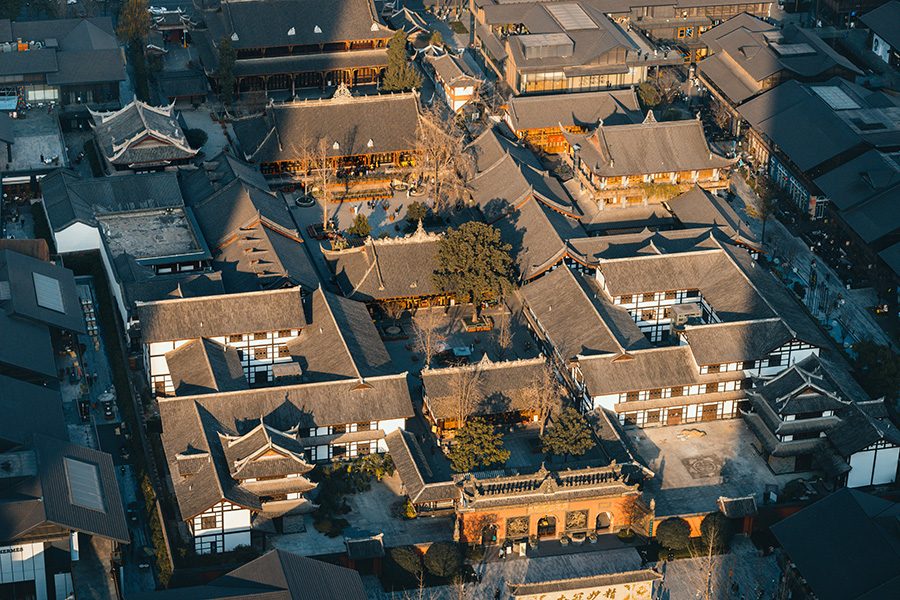
Credit: WENFENG QUAN/Getty Images
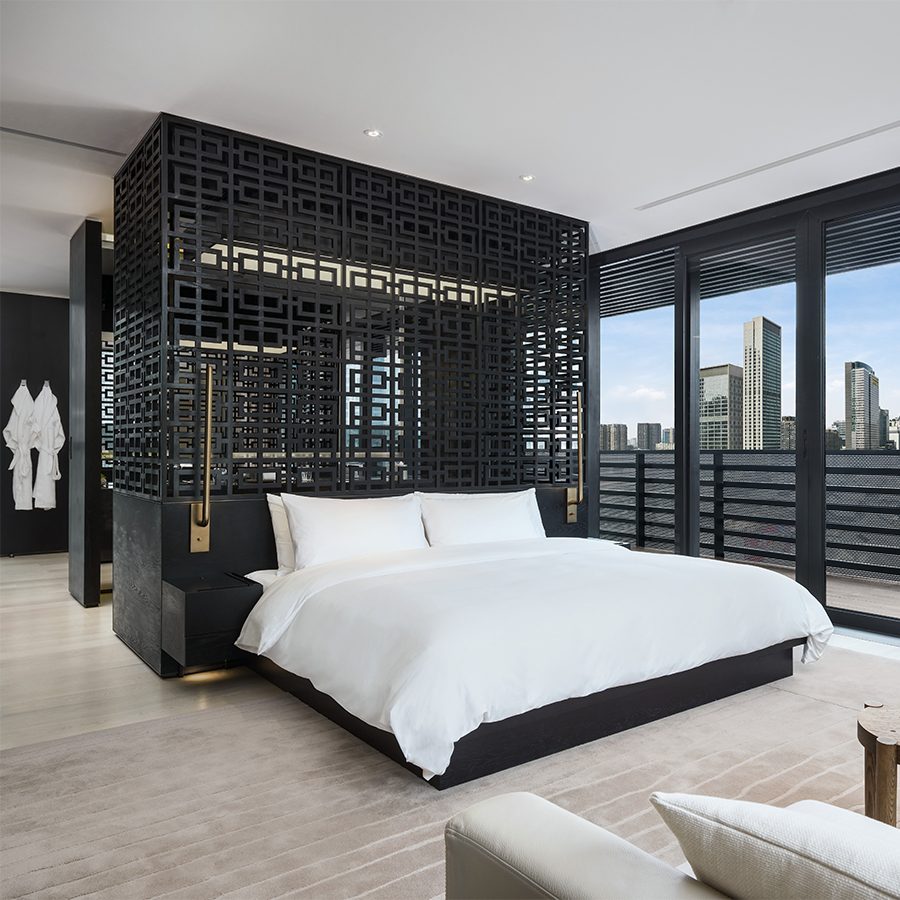
Where to stay
Upper House Chengdu is in the heart of Chengdu’s shopping and commercial district, adjacent to the Taikoo Li mall and Chunxi Street. There are hundreds of dining options within a short stroll, and great transport links to other areas around the city. The hotel’s design is a nod towards nearby Daci Temple, and the property incorporates several century-old courtyard homes.
For a bit more greenery, Shangri-La Chengdu faces the confluence of the Jin and Fu rivers, offering some of the best and most serene views of the city. Anshun Bridge is right outside the classically luxurious hotel, while the nearest metro station is just a short walk away.
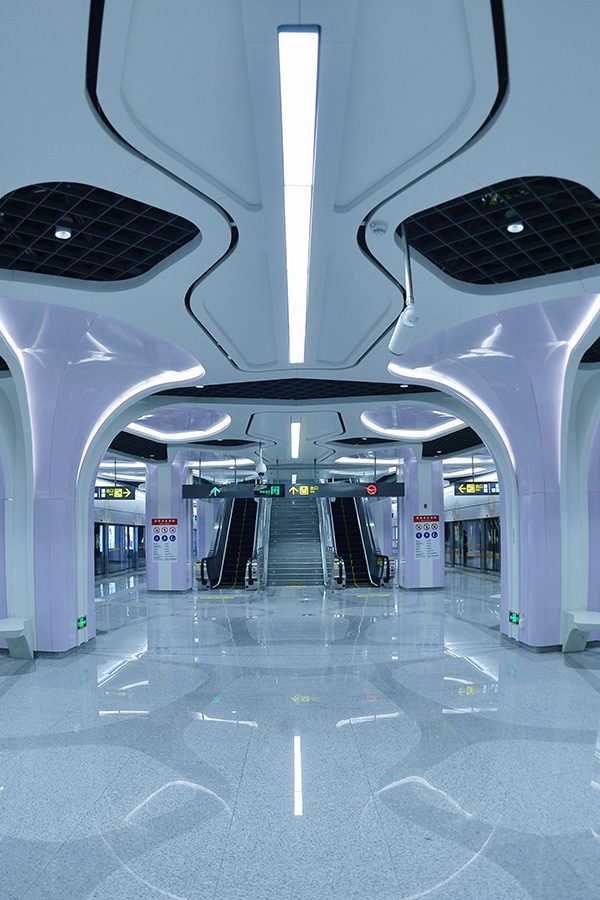
Credit: VCG/Getty Images
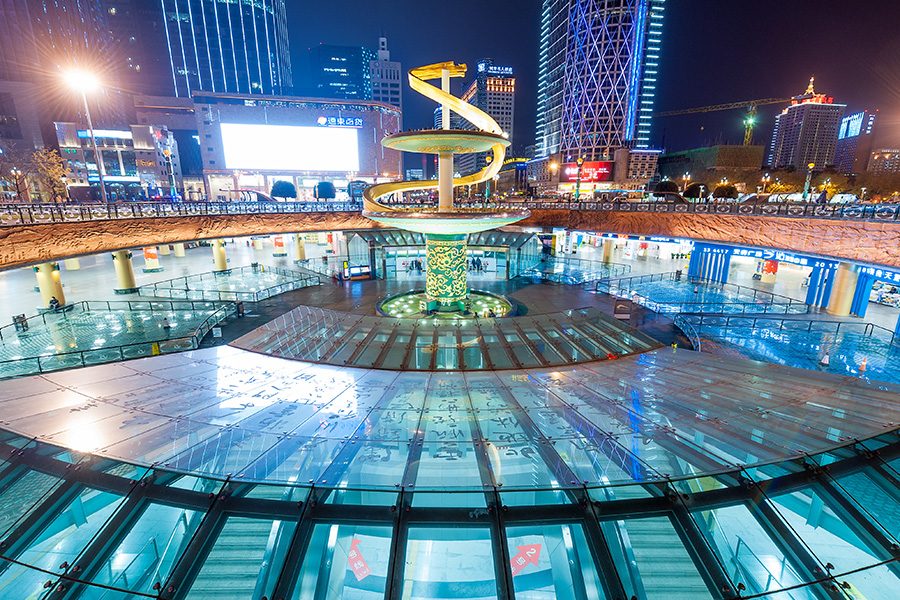
Credit: Philippe LEJEANVRE/Getty Images
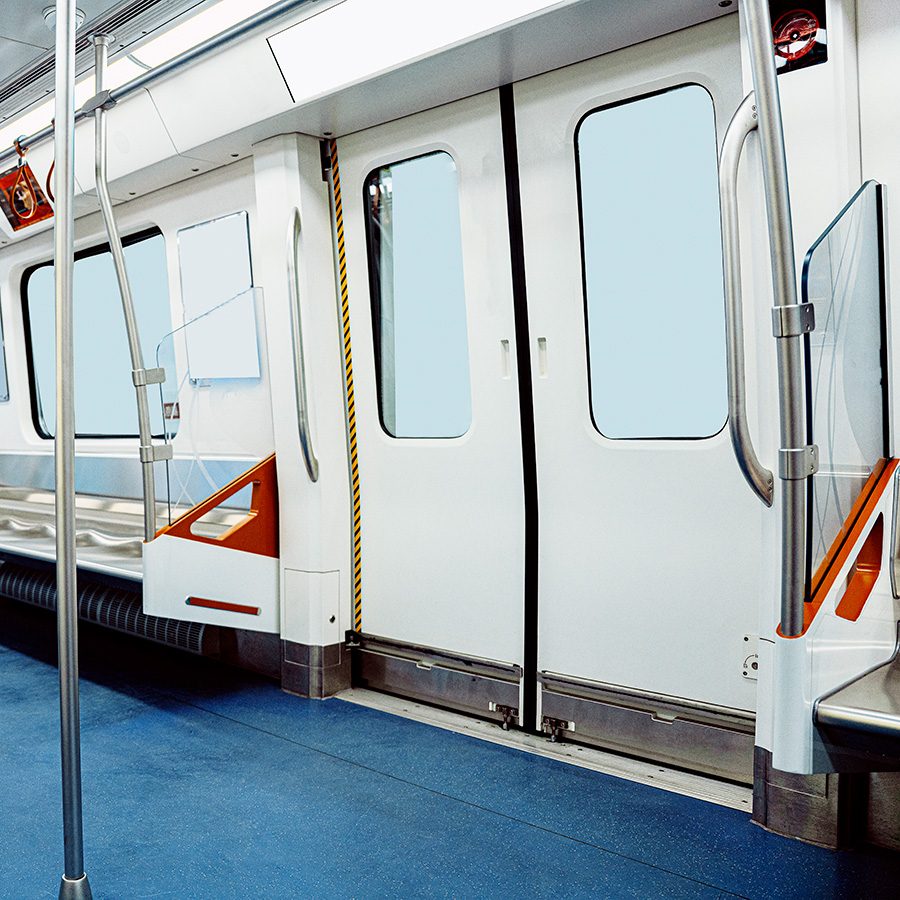
Credit: JIE GAO/Gettyimages
Getting around
The expansive metro system is the quickest and easiest way to get around Chengdu and you can get single-journey tickets at every station. For a longer stay, consider picking up a Tianfu Tong card from Tianfu Square, Sichuan Gymnasium or Chungxi Road metro stations, or at one of the Hongqi convenience stores. These can be topped up and used for local buses as well as the Chengdu Metro.
More inspiration
Chengdu travel information
- China – the Chinese Mainland, Hong Kong SAR, Macao SAR and Taiwan Region
- Hong Kong SAR - English
- Chinese Mainland (China) - English
- Taiwan, China - English
- 香港特別行政區 - 繁體中文
- 中国內地 - 简体中文
- 中國台灣 - 繁體中文
- Africa
- South Africa - English
- Asia
- Bangladesh - English
- Korea - English
- Singapore - English
- Cambodia - English
- 한국 - 한국어
- Sri Lanka - English
- India - English
- Malaysia - English
- Thailand - English
- Indonesia - English
- Maldives - English
- ประเทศไทย - ภาษาไทย
- Indonesia - Bahasa Indonesia
- Myanmar - English
- Vietnam - English
- Japan - English
- Nepal - English
- Việt Nam - tiếng Việt
- 日本 - 日本語
- Philippines - English
- Australasia
- Australia - English
- New Zealand - English
